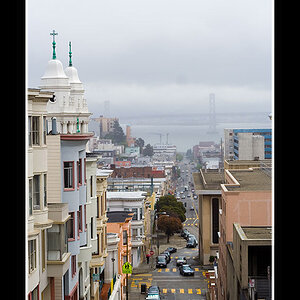matt62485
TPF Noob!
- Joined
- Mar 20, 2009
- Messages
- 553
- Reaction score
- 7
- Location
- Wilmington, NC
- Can others edit my Photos
- Photos OK to edit
so, I've jumped into a simple strobe setup. flashpoint dg600/battery pack with an umbrella setup and a reflector set. my wife is pregnant and i wanna do some beach maternity shots, but after reading some strobist/lighting 101 stuff, i still am baffled by a few things.
1. flash sync speed- this is the FASTEST shutter speed you can shoot without "losing" light or having blacked out portions of you're image. slowing down the shutter speed will essentially affect the portion of the image you are exposing the strobe to correct? lets say you are shooting on a bright beach and the sky needs to be exposed down... sync at 1/250 and adjust the aperture accordlingly for the sky/sand and adjust flash power/distance for subject exposure?
2. aperture- lets say the same situation as above but you want to shoot with a 50/1.8 close to wide open to acheive a nice DOF, is this even possible since your defeating the whole purpose of what i said in (1.), is this when filters come in to play to stop down the background?
I'm trying to work on it some this weekend, but want to make sure i have a decent understanding of what to do before i go out there wasting a ton of time with a pregnant/uncomfortable wife and not get any photos to make it worth the while.
1. flash sync speed- this is the FASTEST shutter speed you can shoot without "losing" light or having blacked out portions of you're image. slowing down the shutter speed will essentially affect the portion of the image you are exposing the strobe to correct? lets say you are shooting on a bright beach and the sky needs to be exposed down... sync at 1/250 and adjust the aperture accordlingly for the sky/sand and adjust flash power/distance for subject exposure?
2. aperture- lets say the same situation as above but you want to shoot with a 50/1.8 close to wide open to acheive a nice DOF, is this even possible since your defeating the whole purpose of what i said in (1.), is this when filters come in to play to stop down the background?
I'm trying to work on it some this weekend, but want to make sure i have a decent understanding of what to do before i go out there wasting a ton of time with a pregnant/uncomfortable wife and not get any photos to make it worth the while.


![[No title]](/data/xfmg/thumbnail/32/32718-19d5f7764b6f43f6cec5a67701261560.jpg?1619735624)
![[No title]](/data/xfmg/thumbnail/39/39190-ad9c6f150974752f1f888660cc52b68e.jpg?1619738907)
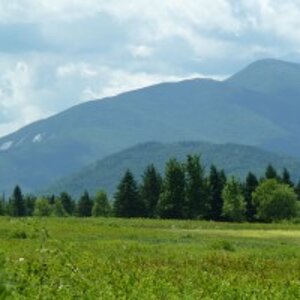
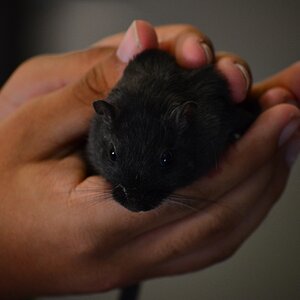
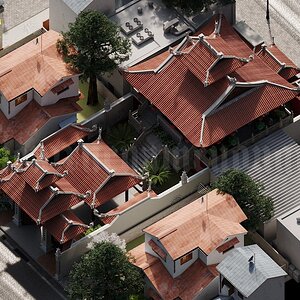

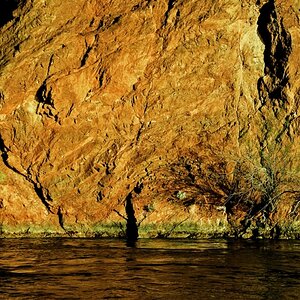
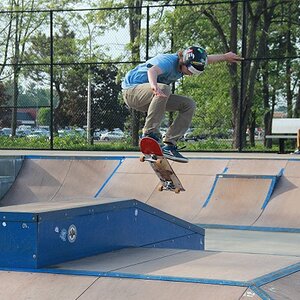
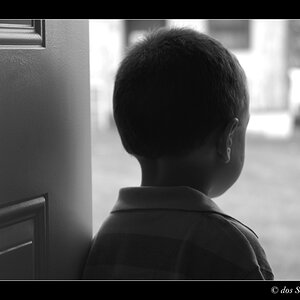
![[No title]](/data/xfmg/thumbnail/32/32720-b9edc2f3e7f95d97aa6561cf835b47c8.jpg?1619735626)

